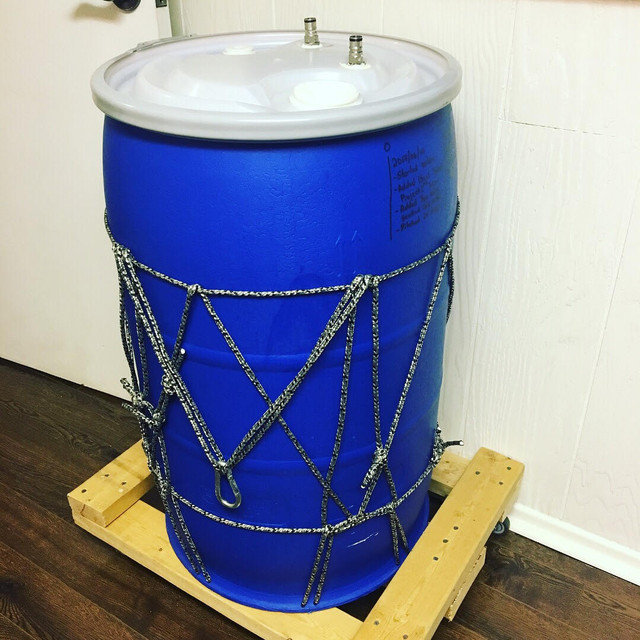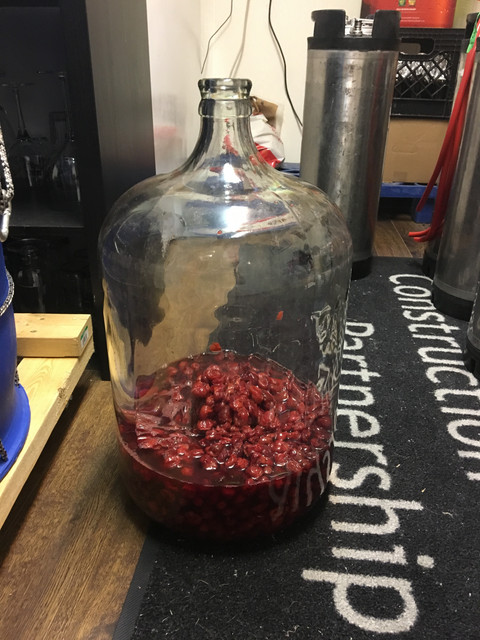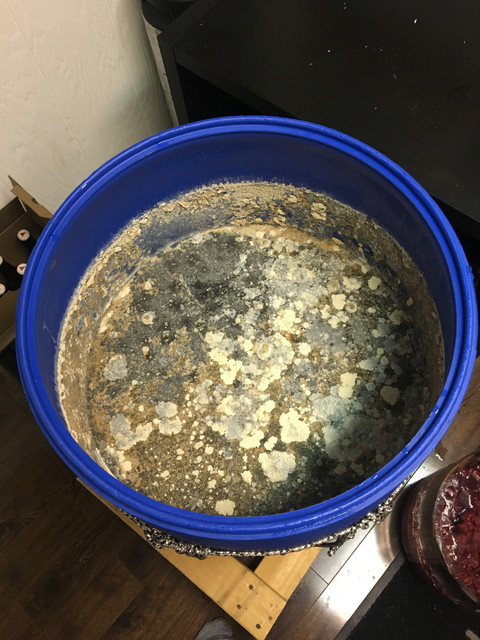So, to update this project I moved the 15gal from 3 carboys into a large PVC barrel (maybe I'll post a pic here at some point) after 3 months, and then racked a new batch of beer onto the yeast cake (brutal brew day... didn't bag leaf hops... bad idea). The three batches were interestingly different with the WLP644 being almost saisony (maybe I added my TYB Lacto Blend too late... I added more when I put in the fresh wort), the Roeselare batch was about what I expected with not much sourness but a little, and the batch that was both Roeselare and dregs from one bottle was pleasantly sour.
The strange thing was that my fermentations in all three carboys that I pitched fresh wort onto fermented with little to no krausen (MAYBE a 1/4 of an inch)

I can't figure out why that would happen to all three batches unless someone strange happened in the brew, but I guess RAHAHB.

















![Craft A Brew - Safale BE-256 Yeast - Fermentis - Belgian Ale Dry Yeast - For Belgian & Strong Ales - Ingredients for Home Brewing - Beer Making Supplies - [3 Pack]](https://m.media-amazon.com/images/I/51bcKEwQmWL._SL500_.jpg)








































 [/url
[/url [/url
[/url